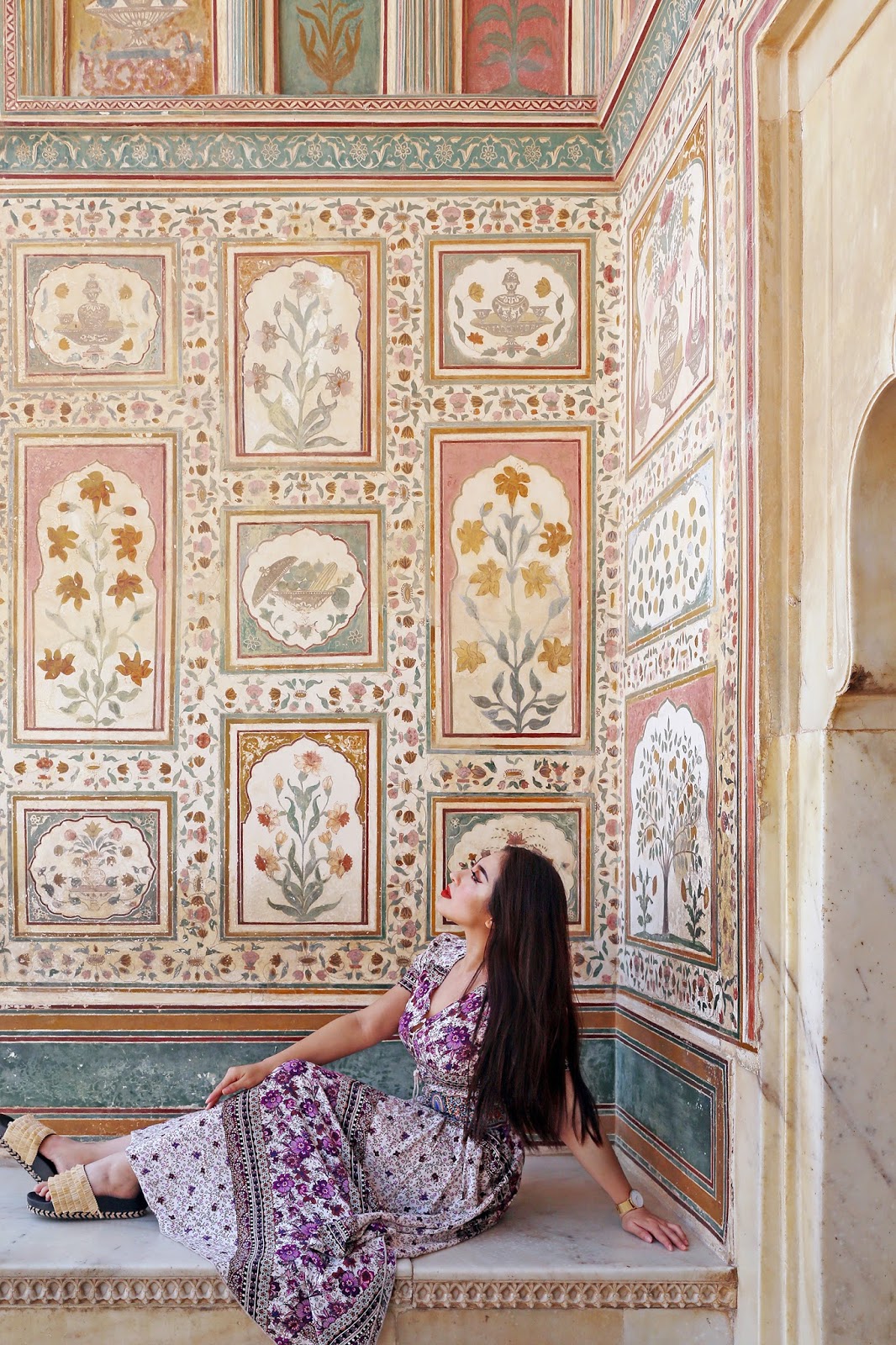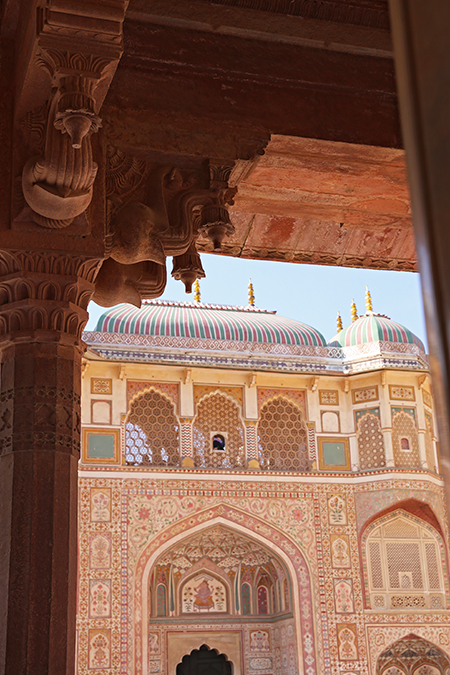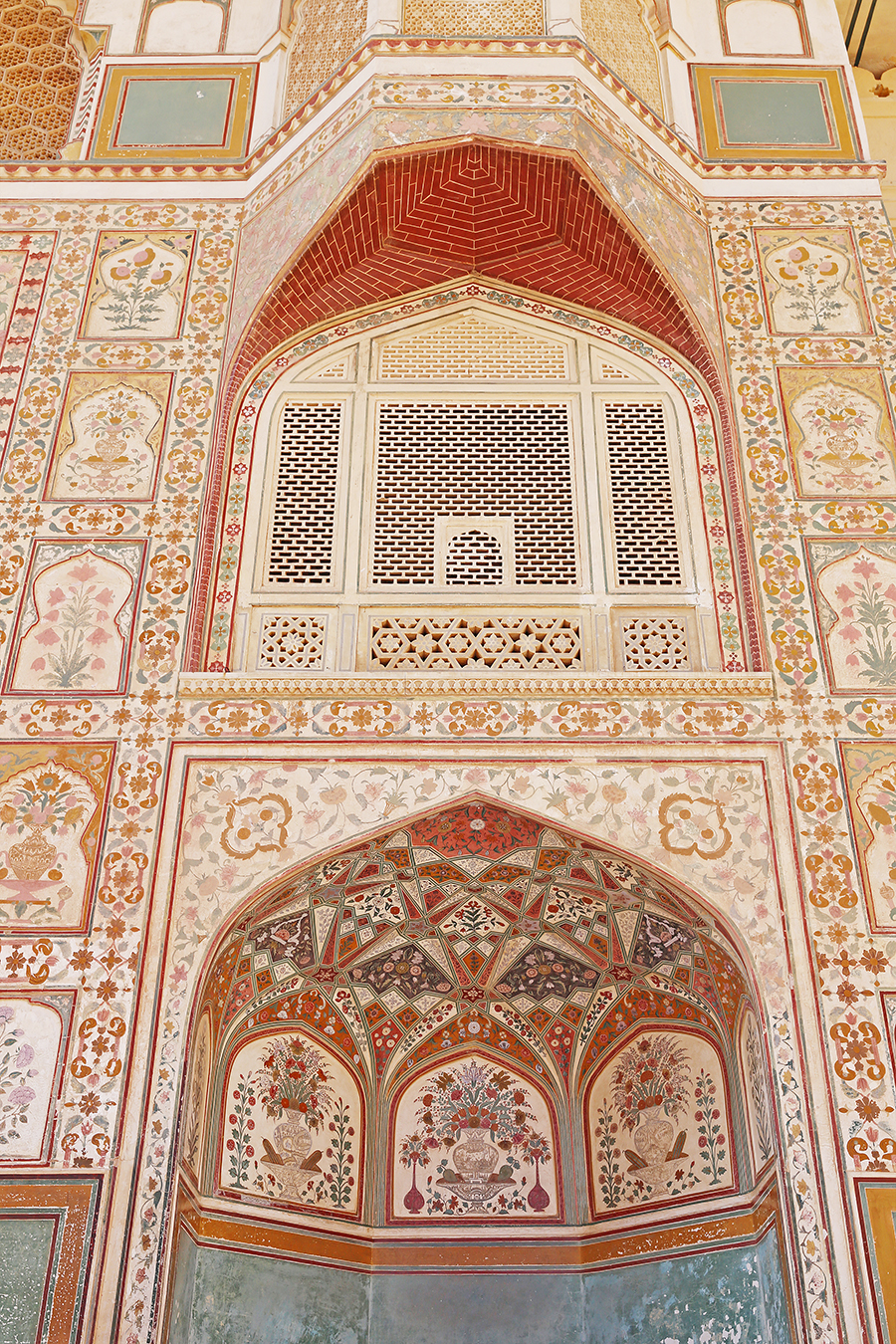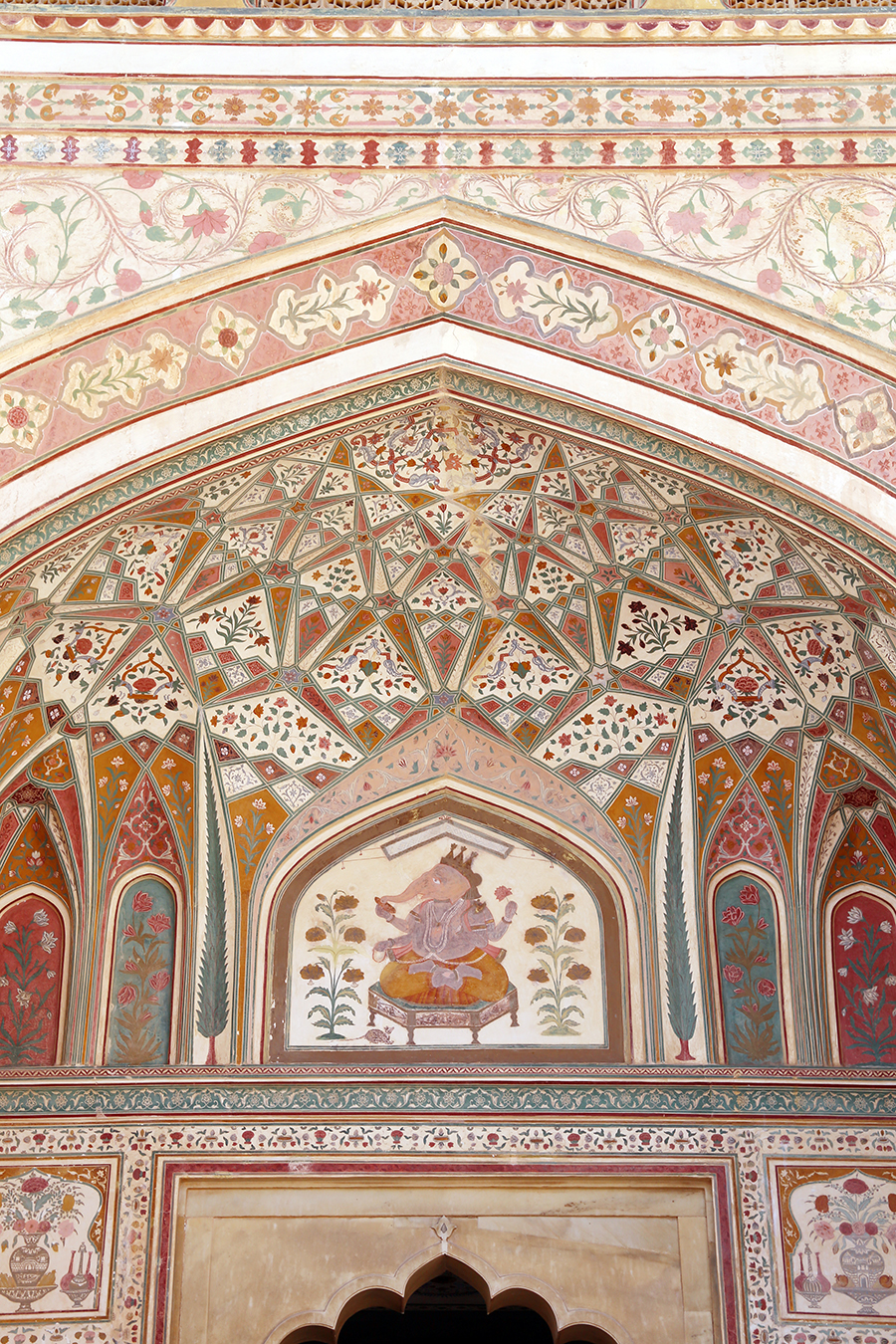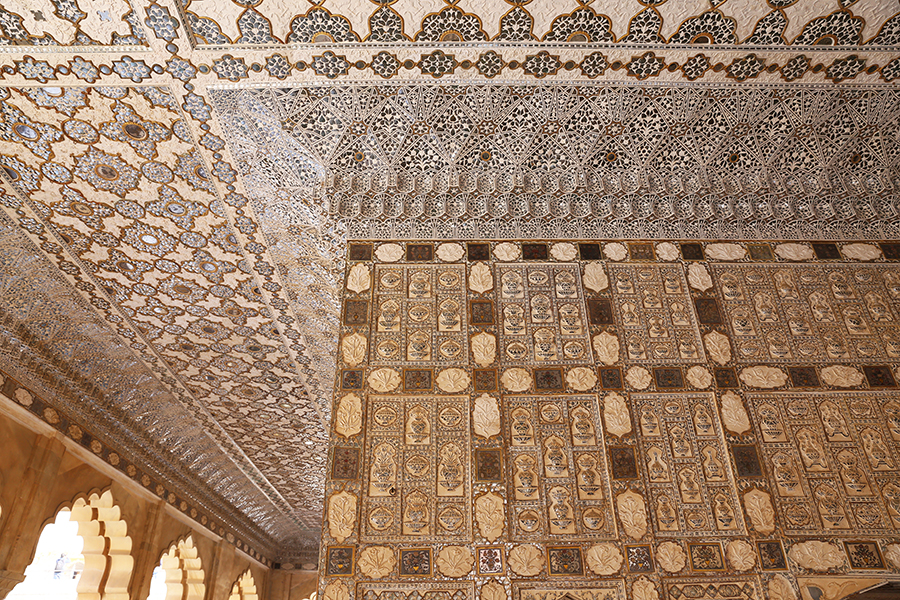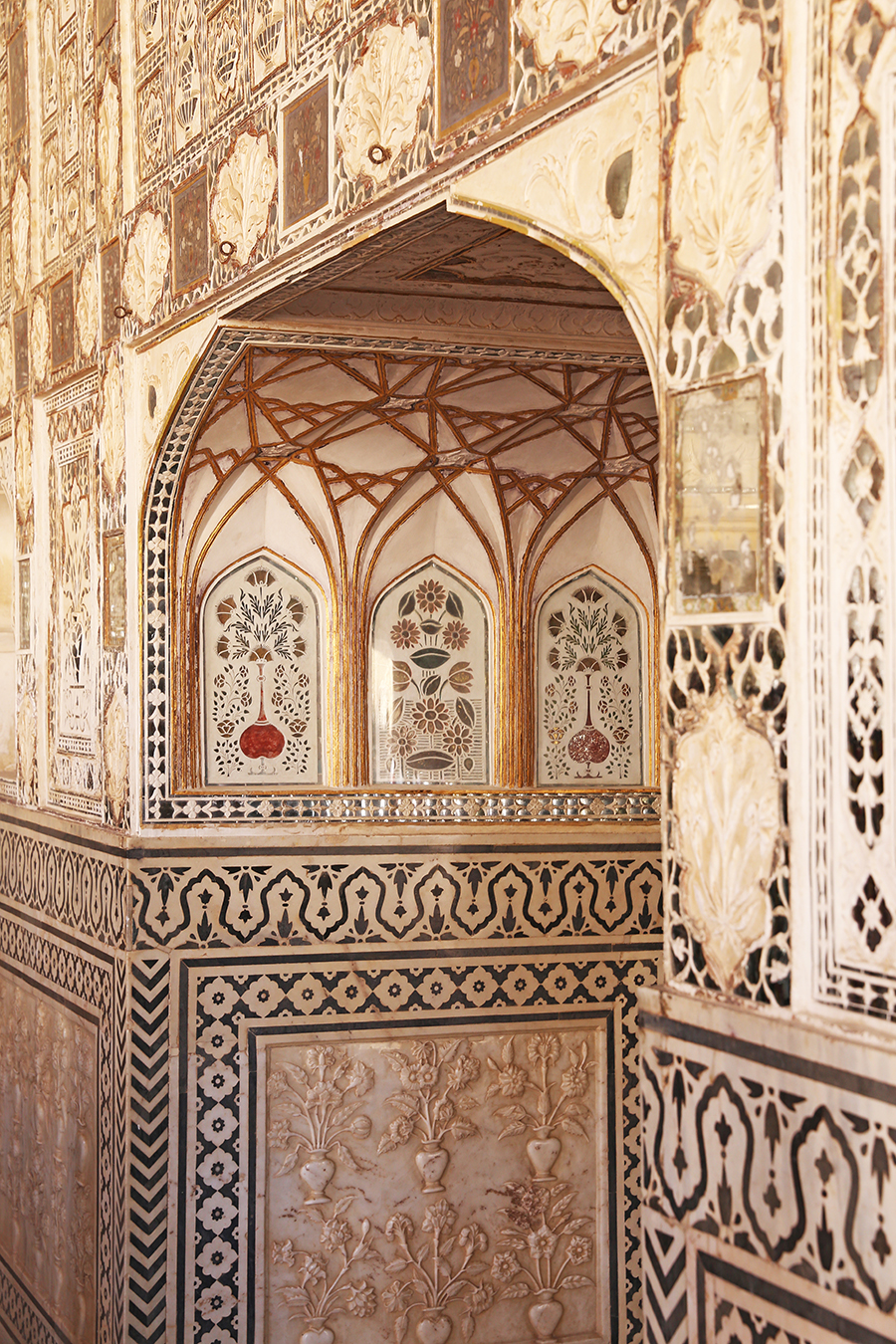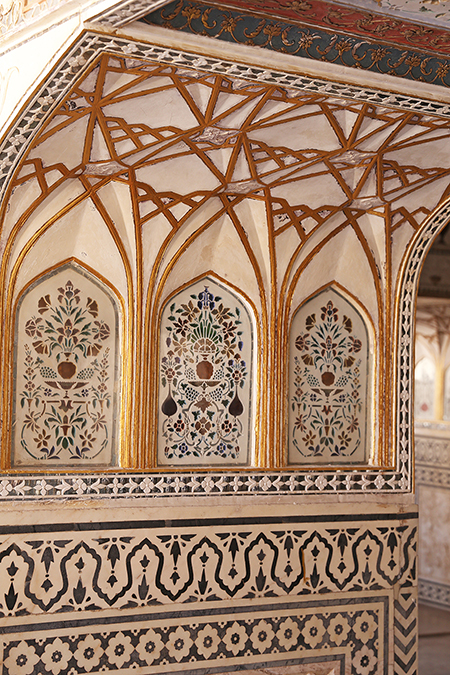Amber Alert: Listen up! Amber Palace, Amer Fort...However You Call it, This is a Gem You Must Visit in Jaipur
Much like the power struggles between the Rajput rulers and invaders to control Rajasthan, my ordeal to reach its capital city, Jaipur, is one for the classics. Replace Turks, Afghans, and Mughals with a) drama at Kuala Lumpur International Airport when my mother realised that she didn’t have the entry requirements for India (fun fact: the “IDN” on the back of your Asia Pacific Economic Cooperation membership card stands for visa-free access to Indonesia, NOT India), b) drama at Mumbai Airport when I found out that the stacks of 1,000 rupee notes I brought for this trip have been invalid for a while and no bank would exchange them, and c) drama when I realised I couldn’t go to a bank anyway because it was Republic Day and nobody would be working all weekend. Incredible India, indeed! But I rose to the challenges and made it to Jaipur, where for a hot minute all my frazzled nerves were soothed by the historical charms and beauty of the Pink City. The star attraction of which would be, naturally, the UNESCO Heritage Site that is Amber Fort, also known as Amer Fort and Amber Palace.
Amber Fort is, strictly speaking, not in Jaipur proper but rather in the nearby town of Amer. It’s an 11 kilometre drive through the arid wooded hills of the countryside that surrounds the city of Jaipur, across winding roads punctuated with bands of macaque monkeys and with elephants treading alongside cars and tuk-tuks.
As tantalising as it is to arrive in style by riding an elephant up to Amber Fort, don’t. I’ll explain why at the end of this story.
A leisurely-paced 15 minute walk later and I found myself entering the Jaleb Chowk (Main Courtyard) of Amber Fort through the Suraj Pol (Sun Gate); where I was rewarded with a sweeping view of the valley below, the town of Amer, and on the horizon; Jaipur. Rising above it all, it was rather an awe-inspiring sight to behold - even more so as I could see the nearby Jaigarh Fort where I knew I would be attending a traditional Parsi wedding the following evening. I considered my visit to Amber Fort a taster for some Indian royal realness but naturally, Amber Fort and her splendour would prove to be more than a mouthful.
To the uninitiated visitor, exploring Amber Fort may seem like a daunting task - indeed, the sheer opulence of some of the structures is enough to make the head spin - but I quickly learned how to compartmentalise this magnificent fort. The extensive palace complex can be divided into four sections, each with its own main courtyard.
- FIRST COURTYARD -
The main attraction of the first courtyard would be GANESH POL (Ganesh Gate). It’s impossible to miss: although built from the same pale yellow sandstone, pink sandstone, and white marble, as the rest of the fort; the 3-storey Ganesh Pol stands out for its extremely intricate frescoes and its latticed windows from above the entrance, from where royal ladies in purdah (kept out of the public eye and male gaze) would watch the ongoings in the courtyard. Ganesh Pol, named after the Hindu god Lord Ganesh, who removes all obstacles in life, is the entry into the private palaces of the Maharajas.
- SECOND COURTYARD -
The second courtyard up the main stairway of the first level courtyard, is home to the DIWAN-I-AAM (Public Audience Hall). Built with a double row of columns, the Diwan-i-Aam is a raised platform with 27 colonnades, each of which is mounted with an elephant-shaped capital, with galleries above it. It was here that the Maharajas of old would hold an audience to hear the grievances and receive petitions from his subjects. Today the only people you’ll find holding court at Diwan-i-Aam are a) vainglorious modelling-school rejects such as yours truly, and b) local workers in traditional garb keeping a sharp eye for snap-happy tourists, who they’ll immediately demand tips from for so much as pointing a camera in their general direction.
“What do I like about this place? Well, it’s a bit of Column A, Column B...”
- THIRD & FOURTH COURTYARDS -
If I was only vaguely stunned by the opulence of Ganesh Pol, I was completely floored by what was waiting in the third courtyard. This was the setting of the private quarters of the Maharaja, his family and their attendants, so naturally, no expense was spared. The SHEESH MAHAL (Mirror Palace) could make even the Tsars of Imperial Russia seem conservative - every inch of the Sheesh Mahal, from wall to ceiling is exquisitely embellished with glass inlaid panels and mirrors upon mirrors. The mirrors themselves are convex shape and decorated with coloured foil and paint, which would sparkle under candlelight, as it would be used in the heydays of Jaipur’s imperial age. The floor, wall, and ceiling mirror and glass mosaic was designed to evoke a "glittering jewel box in flickering candle light". Even the relatively-tame carved marble panels around the hall yielded dizzing detail: delicate murals of insects and flowers, like an Eden born of stone.
The fourth courtyard holds the Zenana (royal ladies who live in purdah, that is seclusion from the male and public eye)‘s living quarters. The fourth courtyard was designed so that the Maharaja could slip into his wives’ and concubines’ chambers on the down low, as their rooms are independent but open onto a common corridor which he would skulk around like a horny thief in the night.
WHAT TO KNOW BEFORE YOU GO
Right, so here’s the tea about Jaipur’s working elephants. While the notion of rolling up the hills of Rajasthan to a 16th century fortress palace may seem terribly romantic, the reality is anything but. The working conditions of the elephants, as well as the purpose-built nearby elephant village of Hathi Gaon, has been mired in controversy. Although in the past charities have intervened to regulate the business and improve the elephants' welfare - making sure they have proper access to shade and water, receive regular veterinary checks, and replacing the handlers’ sharp metal hooks with less painful bamboo sticks - the charities have had to pull out from lack of support. Needless to say, the welfare of these elephants has deteriorated: malnourishment and dehydration are but two drops in the sea of troubles some of these animals are desperately drowning in.
To the untrained eye, it‘s hard to tell which one, if any, of these magnificent creatures is not being mistreated; so the only way to absolutely not condone animal cruelty is to not ride any elephant. Just don’t. You don’t need to. If a slightly overweight 5’6” asthmatic who hasn’t been to the gym in a month can haul arse uphill while carrying a tripod, a heavy DSLR, and a zoom lens bigger than her delusion; all while evading piles of elephant sh*t, red-blooded local men who won’t take no for an answer, and pervasive beggars and touts; so can YOU. If you absolutely cannot make the walk (and know that the path leading up to Amber Fort is not wheelchair-friendly - not that you would strap a wheelchair to the back of an elephant anyway), you could rumble up to the fort from the main road in a Jeep for ₹400; but honestly, if you're able-bodied the 10 minute walk is hardly arduous.
Amber Fort is open daily between 8:00am - 5:30pm. Stay for the evening Amber Sound and Light show at 6:30 pm (and another one, an hour later, in Hindi), it’s spectacular - you sit outdoors and listen to Bollywood icon Amitabh Bachchan’s booming voice narrate the history of the fort (in rather bombastic and grand language, too) to the evocative soundtrack of haunting Rajasthani music. Entry fee to Amber Fort is ₹25 for Indian nationals and ₹200 for foreigners. The English Sound and Light show costs ₹200 and the Hindi version at 7:30pm is ₹100.

